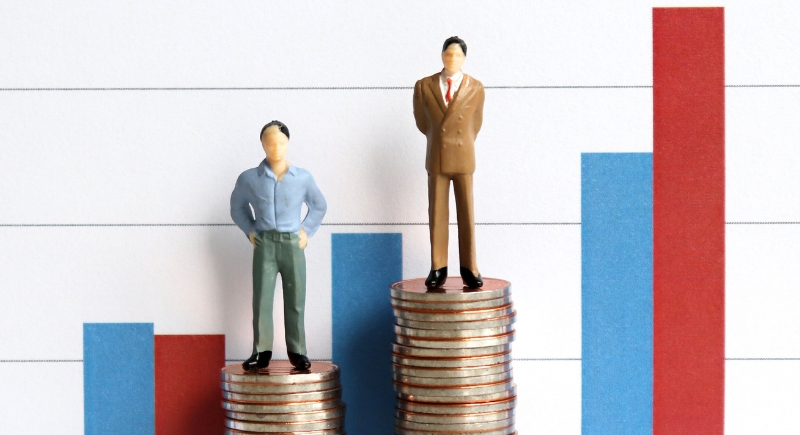Record Stock Investments Signal a Red Flag for Some Economists
Americans are investing in the stock market more than ever, and their confidence is visible in record-breaking numbers. U.S. households have poured an unprecedented share of their wealth into stocks. Still, many economists see warning signs in the data. The apparent prosperity may be setting the stage for greater financial risk.
The Numbers That Have Experts Talking

Image via Canva/RyanKing999
Federal Reserve data shows that stocks now make up roughly 45% of household financial assets through direct investments, mutual funds, and retirement accounts. This level surpasses the late 1990s, before the dot-com bubble burst. The S&P 500 has risen more than 30% since April 2025 and continues to reach new highs.
A large portion of that growth comes from the same powerhouse companies driving the market’s momentum: Apple, Amazon, Microsoft, Nvidia, Alphabet, Meta, and Tesla. These seven firms now account for nearly one-third of the index’s market value and about 40% of its gains this year. Their combined influence has made the market more concentrated than ever.
Several factors explain the growing exposure to equities. Retirement plans like 401(k)s automatically invest contributions into stocks. Digital trading platforms have also made investing accessible to millions of people who previously stayed on the sidelines.
Stock ownership has expanded to more households, and that wider reach means economic fortunes are increasingly tied to Wall Street performance. When markets rise, portfolios grow, and spending increases. If stocks tumble, household wealth takes a hit, and consumer confidence weakens quickly.
Economists Signal Caution
Analysts warn that history rarely rewards excessive optimism. Jeffrey Roach, chief economist at LPL Financial, points out that large-scale participation magnifies the effect of market swings across the economy. A surge or slump now influences everything from consumer behavior to corporate hiring far more than it did a decade ago.
John Higgins at Capital Economics compares the current enthusiasm to the buildup before the early 2000s tech crash. A Bank of America survey adds to those concerns; more than 90% of fund managers believe U.S. stocks are overpriced—the highest level in more than twenty years.
Veteran investor Jim Rogers recently revealed that he has sold all his U.S. holdings while warning that the present excitement resembles past speculative booms.
Unequal Gains Behind the Rally

Image via iStockphoto/hyejin kang
The market’s record run hasn’t benefited everyone the same way. Wealthier Americans hold the majority of equities, while middle- and lower-income households rely mostly on wages that have lagged behind inflation. This uneven progress has created what economists call a “K-shaped” economy, where the wealthy keep growing richer while others see little improvement.
High-income households, buoyed by swelling portfolios, are spending more and driving much of the current economic strength. Their spending, however, depends heavily on stock prices staying elevated. A downturn could quickly reverse that trend and weaken the broader economy.
A Reality Check for Investors
Forecasts differ on how long the rally can last, but most experts agree that the record gains of the past decade are unlikely to continue indefinitely. Rob Anderson of Ned Davis Research advises investors to manage expectations, as long-term returns may slow when stock ownership reaches these levels.
For now, the market still looks strong, but the economy’s growing dependence on equities has made it more vulnerable to sudden shocks.